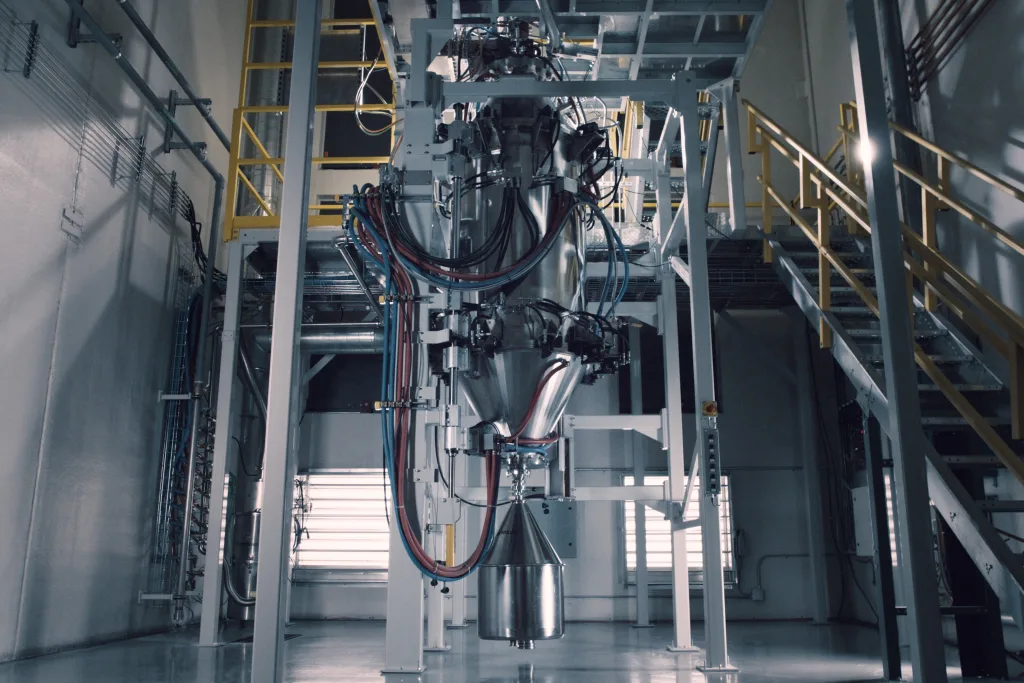The relentless pursuit of miniaturizing transistors has powered the modern age of computing. However, this trend is now facing significant challenges, with many experts asserting that we may be reaching the limits of Moore’s Law, as well as Dennard’s Scaling.
This predicament coincides with an increasing demand for processing power, largely driven by the surge in artificial intelligence (AI) applications, and this demand shows no signs of abating.
Enter Lightmatter, a pioneering company founded by three MIT graduates who are reshaping the landscape of computing by integrating light with traditional electronic data processing. Their initial offerings—a specialized AI chip and a high-speed interconnect—harness the power of both photons and electrons to enhance efficiency and performance.
“We are tackling two critical issues: the communication between chips and executing complex AI calculations,” explains Lightmatter’s co-founder and CEO, Nicholas Harris, PhD ’17. “With our products, Envise and Passage, we’re addressing both challenges.”
Amid a booming AI market, Lightmatter secured over $300 million in funding in 2023, now boasting a valuation of $1.2 billion. The company is currently collaborating with major tech firms to demonstrate how their technology can drastically reduce the energy consumption of data centers and AI models.
“Our innovative interconnect technology will facilitate platforms comprising hundreds of thousands of advanced computing units,” Harris states. “This level of scaling would be unachievable without our developments.”
Transforming Ideas into Innovation
Before his time at MIT, Harris gained valuable insights while working at Micron Technology, focusing on the fundamental components of integrated chips. This experience prompted him to recognize the diminishing returns of simply adding more transistors to improve chip performance.
“I witnessed a slowdown in the computing roadmap and sought to identify alternative methods for advancement,” Harris remarks. “Approaches such as quantum computing and photonics emerged as viable pathways.”
At MIT, Harris concentrated on photonic quantum computing during his PhD under the guidance of Dirk Englund, an associate professor in Electrical Engineering and Computer Science. His research efforts led to the creation of silicon-based integrated photonic chips capable of transmitting and processing information through light rather than electricity.
The result? Numerous patents and over 80 published research papers in esteemed journals like Nature. However, during his MIT journey, Harris also became captivated by another emerging technology.
“I vividly remember passing by large lecture halls filled with students watching live streams of deep learning lectures,” recalls Harris. “Everyone recognized the immense potential of deep learning, and I realized that the photonic systems I was designing could converge with deep learning applications.”
While initially planning to pursue a career in academia post-PhD, Harris realized that launching a startup could facilitate faster innovation and attract funding. He partnered with Darius Bunandar, PhD ’19, also a member of Englund’s lab, and Thomas Graham, MBA ’18. Their teamwork paid off when they triumphed in the 2017 MIT $100K Entrepreneurship Competition.
Harnessing the Power of Light
Lightmatter’s Envise chip elegantly merges the strengths of electrons in memory storage with the capabilities of light to execute large matrix multiplications integral to deep learning models.
“With photonics, we can perform simultaneous calculations, as data arrives in various light colors,” Harris explains. “Imagine processing images of a dog, a cat, and a tree at once, all through the same optical computing unit, boosting operational efficiency and energy savings.”
Meanwhile, the Passage interconnect leverages the speed and bandwidth advantages of light, connecting processors in a manner reminiscent of fiber optic technology, enabling large chips to operate as a cohesive processor. This feature is crucial for managing the vast server farms that underpin cloud computing and sophisticated AI systems like ChatGPT.
Both products aim to enhance energy efficiency in computing, addressing the urgent need to meet rising demands without exorbitant increases in power consumption.
“By 2040, forecasts suggest that around 80 percent of global energy use could be dedicated to data centers and computing, with a substantial portion attributed to AI,” Harris notes. “Current computing deployments for training large AI models have power requirements comparable to those of entire cities.”
Lightmatter is actively engaging with chip manufacturers and cloud service providers to facilitate widespread deployment of their innovative technologies. Harris highlights the advantage that their equipment operates on silicon, enabling utilization of existing semiconductor fabrication infrastructure with minimal adjustments.
Their ambitious vision holds tremendous potential for revolutionizing computing, with significant implications for both environmental sustainability and economic growth.
“We are committed to exploring every component of computing to identify where light can enhance performance, energy efficiency, and speed,” Harris concludes. “Currently, our focus is on the Passage interconnect and Envise chip. However, our long-term aim is to build a new generation of computing solutions centered around light technology.”
Photo credit & article inspired by: Massachusetts Institute of Technology



